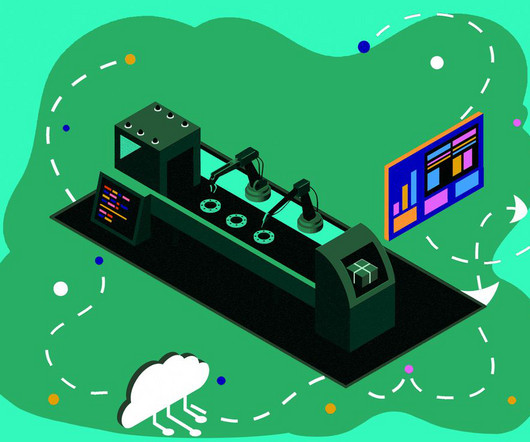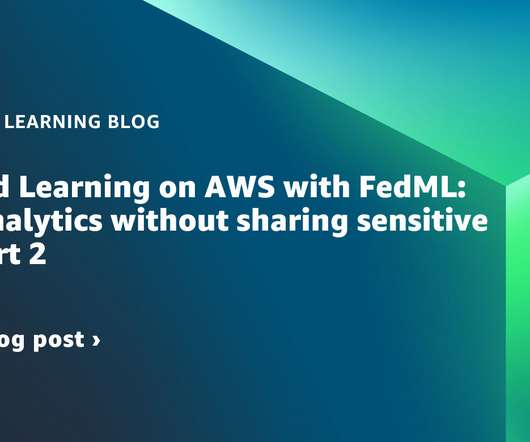Disaster Awaits if We Don’t Secure IoT Now
Hacker News
JUNE 2, 2025
In 2015, Ukraine experienced a slew of unexpected power outages. The risk is growing, particularly when it comes to internet of things (IoT) devices. is an increasing army of more prosaic Internet-connected devices that take care of keeping our world running. Much of the country went dark.












Let's personalize your content